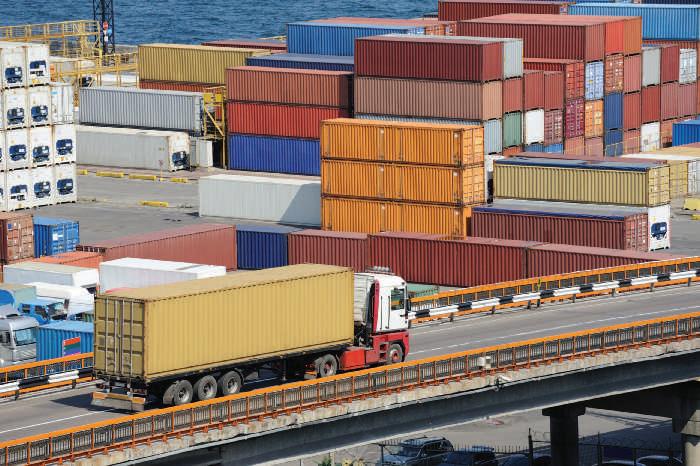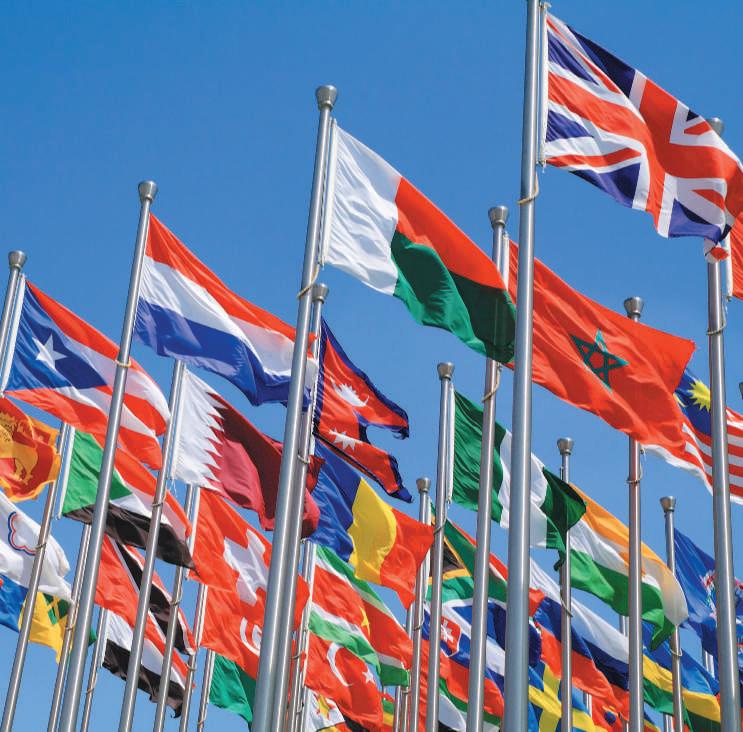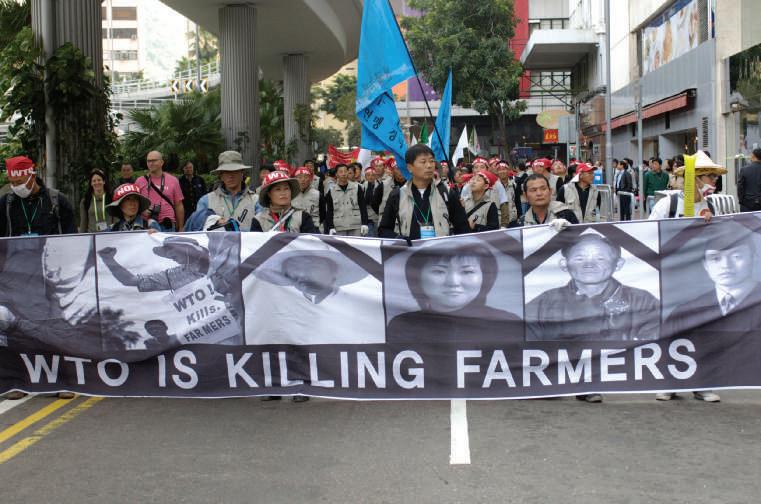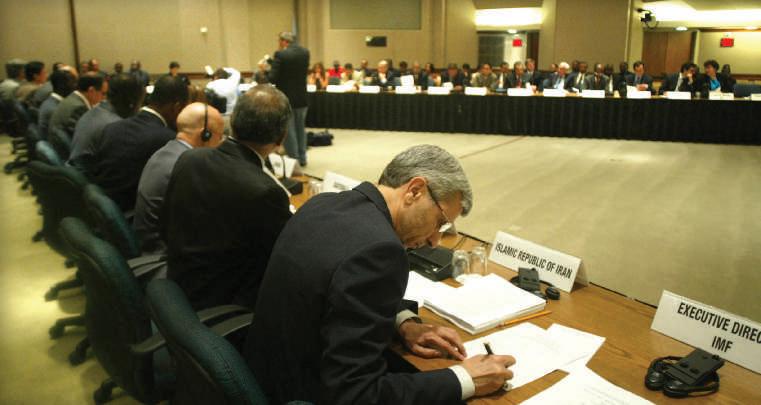268
C h a p te r 1 1 G lo b al H u m an Re s o u r ce Manage m ent
Introduction In the book, The World Is Flat,1 Thomas L. Friedman talks about how the Internet has helped “flatten” the world of work throughout the globe. For example, a company called Nighthawk Radiology employs medical doctor radiologists in foreign countries like Australia. Because of global time zone differences, these radiologists can be working while radiologists in the United States are asleep. U.S. hospitals can send patient X-rays to these doctors over the Internet at two o’clock in the morning and then receive fairly expeditious readings and reports of these X-rays back over the Internet. Moreover, because radiologists in many foreign countries get paid less than U.S. radiologists, hospitals are often able to have X-rays read more cheaply than before—and there’s less need to have U.S. radiologists “on call” on a 24/7 basis. Today in many respects there is a world market for labor and human resources. Technological changes have had a number of other important implications on human resource management throughout the world. First, companies based in the United States are far more likely than ever before to have at least some operations in other countries. The Internet, computers, easy air travel, cell phones and the like have all made it much easier for U.S. companies to do business in other countries. In staffing operations in these other countries, U.S. companies will face a multitude of cultural issues and staffing decisions. In addition, technological advances have helped create what some have called a “knowledge economy” with machines now performing jobs that were previously done by people, and people moving into jobs requiring higher levels of knowledge. For example, computers now handle many routine corporate tasks, such as basic tax reporting, payroll administration, and employee time-keeping. As a result, corporate accountants and human resource managers now fulfill more strategic, higher-level knowledge-based functions, such as advanced tax and executive succession planning. In this respect, the role of human resources and those who manage such resources has become increasingly important in today’s global economy.
LO-1 Explain the basic cultural and regulatory issues involved in global human resource management including outsourcing and offshoring.
11-1 Global Strategic Human Resource Management The conduct of human resource management (HRM) differs markedly throughout the world, and U.S. companies doing business in different countries face markedly different human resource environments. Many of these differences are related to cultural factors that vary from country to country. Other differences derive from regulations, such as labor and tax laws, immigration and border security. Global strategic HRM also involves outsourcing and offshoring.
11-1-1 Statistical Overview One way to gain an understanding of strategic HRM on a global scale is to examine recent statistical analyses. For example, reflecting cultural and other differences, the percentage of female participation in the workforce varies widely in different countries. Scandinavian countries, such as Sweden and Norway, have very high female labor force participation rates, with 76.1 percent of eligible females working in each country. In contrast, in Turkey, the female labor force participation rate is only 27.3 percent. Moreover, it has declined fairly considerably over the past decade, a change largely attributed to religious considerations in this predominantly Muslim—although politically secular—nation. The female labor participation rates in
Copyright 2017 Cengage Learning. All Rights Reserved. May not be copied, scanned, or duplicated, in whole or in part. Due to electronic rights, some third party content may be suppressed from the eBook and/or eChapter(s). Editorial review has deemed that any suppressed content does not materially affect the overall learning experience. Cengage Learning reserves the right to remove additional content at any time if subsequent rights restrictions require it.







































